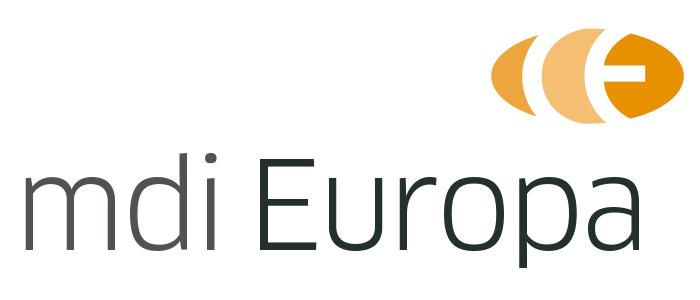The European Commission has just proposed a series of three new steps essential to advancing the implementation of Regulations (EU) 2017/745 and 2017/746 on medical devices and in vitro diagnostic medical devices (MDR and IVDR):
- An additional extension of the transition periods for legacy devices under the IVDR.
- Earlier obligatory implementation of most parts of the Eudamed medical device database.
- A prerequisite for manufacturers to give prior notice before disrupting the supply of certain essential medical devices and IVD medical devices (IVDs).
The new document arises after strong debate at EU level in November and December last year. The Commission had already reacted to uneasiness that IVDs would not be able to meet the original implementation deadlines, by publishing an amending regulation which was effective from 25 January 2022. However, the current proposal provides for significantly longer extension periods.
The new extended transition periods proposed for legacy devices under the Commission’s proposal text are:
| IVD Risk Class under IVDR | Newly proposed extensions of transition periods | Former ends of transition periods as of 25 January 2022 |
|---|---|---|
| Class D | 31 December 2027 | 26 May 2025 |
| Class C | 31 December 2028 | 26 May 2026 |
| Class A and B placed on the market in a sterile condition | 31 December 2029 | 26 May 2027 |
Non-legacy devices, i.e. IVDs which do not have a notified body certification under the former IVD Directive (IVDD) or which were not up-classified due to changed IVDR classification rules, were required to meet the original to meet the original IVDR compliance deadlines of 26 May 2022.
Despite this extra time, it is vital that companies continue with their preparation.
Despite this extra time, it is vital that companies continue with their preparation. There are deadlines for launching formal application to notified bodies and signing written agreements with these testing bodies, which are created to help keep the manufacturer’s impetus going.
Eudamed
The Commission also proposed a change in approach regarding Eudamed. Currently, an obligatory use of Eudamed only applies, once the database with all its planned modules is fully functional. With the proposal, the Commission is determined to ensure the gradual and compulsory implementation of Eudamed. This will happen as soon as individual modules are ruled functional, without waiting for the full set of six to be ready for a single launch.
Three modules are available for use on a voluntary basis already for the registration of actors, UDI/devices, and notified bodies and their certificates. Modules on market surveillance and vigilance are on schedule and should be operational during the second quarter of 2024. Compulsory use of these five modules could start at the end of 2025 if the proposal is accepted. Work is ongoing on the clinical investigations and performance studies module which will be introduced later.
Supply of critical devices
Regarding the obligation for manufacturers to give prior notice before disrupting the supply of certain critical medical devices and IVDs, it is hoped that the process will be easy to manage. Stakeholders suggest that the Commission and Medical Device Coordination Group should use the notifications to manage device suspensions at the EU level, via derogations and other methods. The proposed amendments should not be an extra financial burden on device manufacturers and should be supplemented with guidance to support the efficient implementation of the proposed amendments straight away.
Discussions between all stakeholders should carried on right through 2024 so that lasting solutions to enhance effectiveness, promote innovation and improve governance can be put in place and hence make the Regulations really work for patients and European health systems.
Source: Medtech Insight (an Informa product)
Accompanying this subject we recommend the following content on our website
- Manufacturers must act now to satisfy IVDR
- Update on Regulation (EU) 2023/607 – extended MDR transition period
- MDR extended transition timelines and removal of MDR and IVDR sell-off period adopted
- Registering a legacy device in Eudamed is a good step
- Different options for IVD medical devices until Eudamed becomes fully operational





